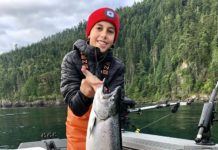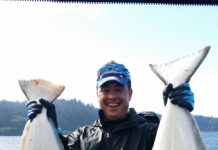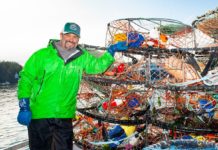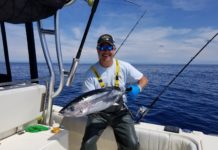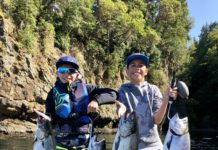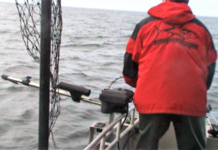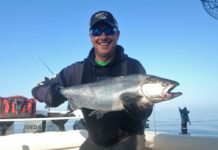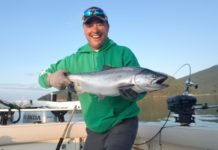Which ocean basin is the smallest?
The science team during the Hidden Ocean 2005 expedition to explore remote parts of the Arctic Ocean descends onto the ice below in...
What is symbiosis?
Hermit crabs are often found inhabiting shells decorated with anemones or other sessile animals, which offer added protection and camouflage. Image courtesy of...
What is the Pacific Garbage Patch?
Most of the debris in the "Garbage Patch" is thought to be small plastic pieces, not always visible to the naked eye. North...
What is marine snow?
"Marine snow" falls gently on to a coral-covered shipwreck explored in the Gulf of Mexico in 2012 by the NOAA Ship Okeanos Explorer....
Why do we study shipwrecks?
Maritime archeologists document the Montana, a wreck in Thunder Bay National Marine Sanctuary, which protects many shipwrecks within the Great Lakes. Image courtesy...
Where do ocean waves come from?
A tsunami-detecting DART buoy, deployed by NOAA Ship Ronald H. Brown in the Pacific ocean, bobs up and down amongst large surface waves....
How does depth affect the color of marine animals?
The coloration of oceanic animals, shown as a function of depth.
Did You Know?
To study the color of deep-sea animals, scientists measure...
What is the Ring of Fire?
An explosion near the summit of West Mata volcano within the Lau Basin throws ash and rock, while molten lava glows below. The...
What is a narwhal?
Pod of narwhals, northern Canada, August 2005. Image courtesy of Kristin Laidre.
Did You Know?
In 2006-2007, scientists attached satellite-linked time-depth-temperature recorders to narwhals...
What is the difference between a topographic and a bathymetric map?
This map displays bathymetry collected by NOAA Ships Okeanos Explorer and Hassler as part of the Atlantic Canyons Undersea Mapping 2012 project. Water depths...


